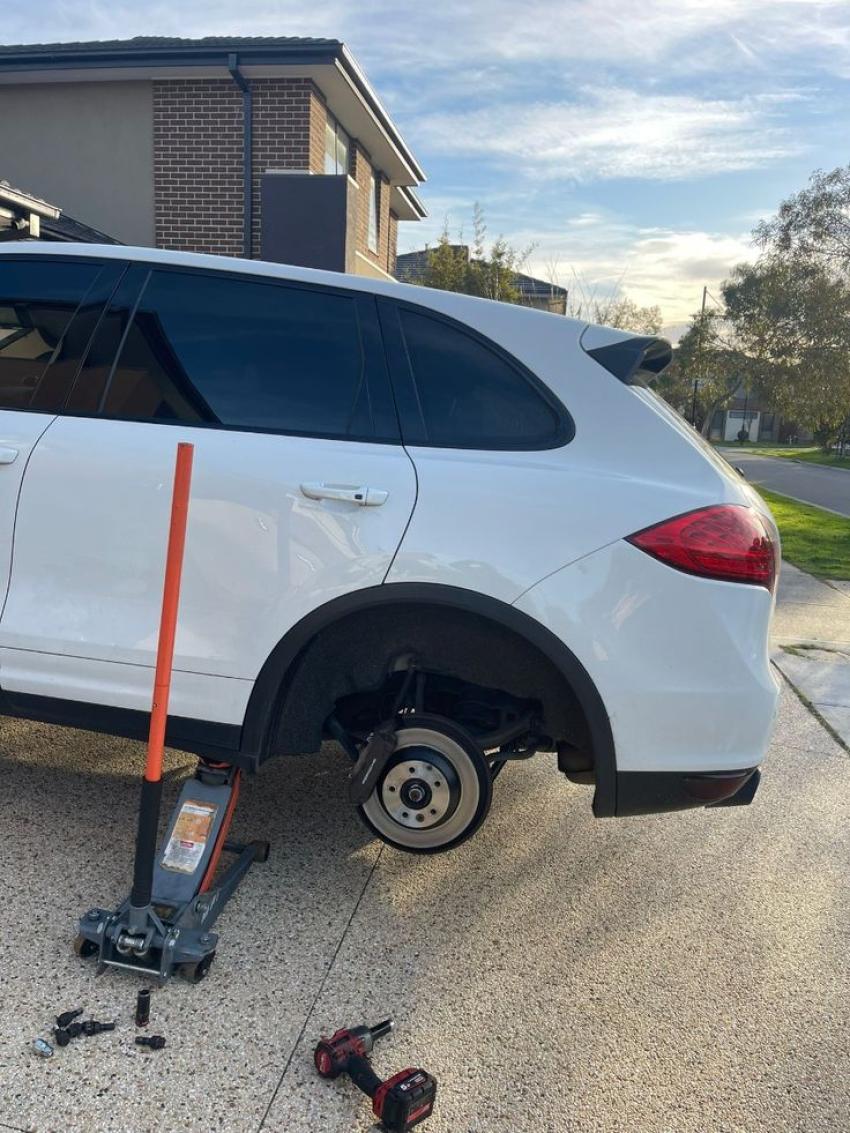
Whenever checking a tyre that has been damaged, there are three primary areas of structure within the tyre that need to be comprehended: the sidewall, the belt package, and the bead area. All of them are critical in ensuring the integrity of the tyres, road adhesion and safety. The sidewall is the stretchy part that links the tread to the bead; it absorbs the shock of the road irregularities and also keeps the structure stable. The steel or fabric layers below the tread are a belt package that provides the structure to the tyre, stiffens the tread, and resists penetration. The bead area provides the airtight seal of the tyre to the wheel rim and holds the tyre to the wheel at high loads.
Diagnosis of Sidewall Damage and Their Dangers
Sidewall damage may take many shapes: cuts, bulges, scuff marks, and cracks. Rips and cuts, particularly deep ones that reveal the inner ply or cords, show that the structural layers of the tyre have been damaged. A bulge or blister in the sidewall is usually an indication of ply separation or rupture of an internal cord due to impact damage i.e. hitting a pothole or curb. This bulge is a point of weakness where the internal air pressure is exerting against undone plies, and the tyre is at this point highly susceptible to an unexpected burst. The safe flexing of the tyre is also undermined by fine cracks along the sidewall, which is frequently, but not invariably, caused by aging or UV exposure. When booking Puncture Repair London, you should understand that professional technicians will not service damaged sidewalls and will offer to replace the tire. When compared to the tread area, the sidewall will continuously flex during driving; any damage to this area cannot be strengthened internally, as repairs cannot restore the innate flexibility and strength of the sidewall. That is why industry standards and tyre manufacturers recommend replacing tyres with sidewall damage instead of trying to repair them.
Sensing Belt Separation and Its Unfixability
Belt separation happens when the fabric or steel belts under the tread are no longer adhered to the surrounding rubber. This may occur through excessive impacts, manufacturing defects, or extended under-inflation, or overheating conditions. Symptoms of belt separation are asymmetrical wear of the tread, localized high spots or bubbles in the tread, vibrations during road use, and in some instances a discernible distortion of the tyre around the circumference. In severe conditions, the separation can create a knocking sound when the tyre is turning. Technicians also feel along the tread with their hands during an inspection to detect irregularities or may use tyre spreaders to inspect the internal carcass. Belt separation is a structural failure; once the bond between the belt and the rubber has been lost, no adhesive patch or plug will rebuild such lost strength to the original state. Using a tyre where the belt is separated is further dangerous because the tread can detach fully, resulting in a risk of losing full control of the vehicle, particularly at high speeds. Trustworthy garages dealing with services such as Brake Repair London will exercise all possible safety precautions and will never try to mend a tyre with a belt breakage but will recommend an urgent replacement.
Identifying Bead Damage and Implications to Safety
The bead area of a tyre is meant to create an airtight seal on the wheel rim with the tyre tightly gripping the wheel rim during acceleration, braking, and cornering. Bead damage can happen during inappropriate tyre fitment or removal, when a tyre is being driven many miles on a flat surface, or by corrosion and pitting of the rim area, which can cut through the bead rubber. Signs of damage to the bead may include visible slices or pieces chipped off the bead rubber, bead wires being exposed, escaping air at the edge of the rim, or what appears to be a problem to seat the tyre correctly during inflation. A broken bead spoils the seal as well as the anchoring process of the tyre. Air can be lost at any load due to a minor bead fault resulting in an inflated tyre suddenly deflating or being pushed off the rim. Repairs will never fix the bead to its accurate molded form, and the steel wires that are embedded into the bead cannot be repaired; thus, the standards of safety declare that the damage of a bead cannot be repaired. In practice, this would imply that in case of bead inspection that finds any form of structural compromise, the tyre will have to be changed instantly to avoid catastrophic failure.



